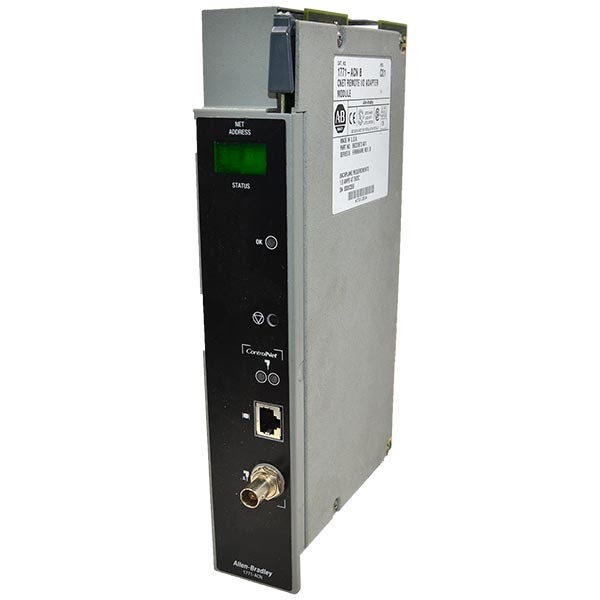
PLC vs PID
In the world of industrial automation, PLC (Programmable Logic Controller) and PID (Proportional–Integral–Derivative) controllers are two foundational technologies that often work side-by-side to ensure smooth, efficient, and reliable operations. While both are used to control processes and machinery, their functions, structures, and applications differ significantly.
In this post, we’ll break down what each controller does, how they work, and the core differences between PLCs and PIDs.
What is a PLC?
A Programmable Logic Controller (PLC) is an industrial-grade digital computer designed to monitor and control electro-mechanical systems. These systems often include devices like motors, actuators, relays, and sensors within an industrial setting.
PLCs work by:
-
Reading inputs from sensors or switches,
-
Executing user-defined logic, and
-
Sending outputs to actuators or machines.
Why PLCs Are So Widely Used
PLCs are favored in industrial environments for several reasons:
-
Rugged and resistant to harsh conditions
-
Easy to program and maintain
-
Scalable to suit both small and large operations
-
Suitable for complex sequential logic control
Common applications include conveyor systems, packaging lines, robotic assembly, and chemical process automation. PLCs also integrate with SCADA systems for supervisory monitoring and control.
Hardware Components of a PLC
A complete PLC system includes:
-
Processor (CPU): Executes the program logic and handles data processing.
-
Input Modules: Receive signals from field devices (e.g., sensors, buttons).
-
Output Modules: Send signals to devices like motors and valves.
-
Power Supply: Converts AC to regulated DC power.
-
Programming Device: Typically a laptop or HMI used to program the PLC.
-
Communication Modules: Enable network data exchange between systems.
How a PLC Operates: The Scan Cycle
PLCs operate in a continuous loop called the scan cycle, which consists of:
-
Input Scan: Reading the current status of all inputs.
-
Program Execution: Running the logic based on input conditions.
-
Output Update: Activating/deactivating outputs accordingly.
-
Housekeeping: Performing diagnostics and communication tasks.
This cycle repeats rapidly (often in milliseconds), ensuring responsive control.
What is a PID Controller?
A PID controller is a type of feedback control loop widely used in process industries to regulate critical variables such as temperature, pressure, flow, and speed.
Unlike PLCs that handle broad logic tasks, PID controllers focus on continuous control, using a mathematical algorithm that corrects deviations between a desired setpoint and actual process value.
The PID Algorithm Explained
PID controllers adjust system output using three control terms:
-
Proportional (P): Reacts to the present error.
-
Integral (I): Addresses accumulated past errors.
-
Derivative (D): Predicts future errors based on the rate of change.
Together, these terms allow for smooth and accurate correction of process variables.
Real-World Example
In a car's cruise control system:
-
Going uphill slows the car (error increases).
-
The PID controller increases throttle to maintain speed (setpoint).
-
Once the desired speed is reached again, the controller stabilizes throttle input.
How Does a PID Controller Operate?
A PID controller functions in a closed-loop system:
-
Measures the Process Variable (PV)
-
Compares it to the Setpoint (SP)
-
Calculates the Error (SP - PV)
-
Adjusts the output based on P, I, and D parameters
-
Repeats this process in real-time until the error approaches zero
This makes PID ideal for applications requiring fine-tuned, constant control.
PLC vs PID: What’s the Difference?
| Feature | PLC (Programmable Logic Controller) | PID (Proportional–Integral–Derivative Controller) |
|---|---|---|
| Type | Physical controller (hardware & logic) | Algorithm or dedicated instrument |
| Functionality | Executes discrete logic and sequential tasks | Provides continuous, real-time feedback control |
| Control Style | Open-loop or closed-loop | Always closed-loop |
| Applications | Versatile: plant-wide control, automation logic | Specific: temperature, pressure, flow regulation |
| Programming | Requires custom logic development | Uses predefined tuning parameters |
| Complexity | Higher, but more flexible | Lower, focused on process accuracy |
| Integration | Can include PID blocks | Typically not used to execute logic |
| Cost | Higher (hardware + software) | Lower (for single-loop control) |
Can PLCs and PID Work Together?
Yes! In fact, modern PLCs often include built-in PID functionality, allowing engineers to embed PID control loops within a broader PLC program. This hybrid approach is ideal when:
-
You need to monitor or control multiple variables (temperature, flow, pressure, etc.)
-
Logic-based tasks ( interlocking, alarms) are also needed
-
System integration, communication, and real-time monitoring are required
Final Thoughts
Both PLCs and PID controllers are essential tools in industrial automation, but they serve very different purposes:
-
Use PLCs for general process logic, sequencing, and machine control.
-
Use PID controllers (or PID logic within a PLC) when precise control of a single variable is needed.
Together, they form the backbone of intelligent, efficient, and reliable control systems in today's automated industries.
For more information, contact PLG Automation:
Email: sales@plgautomation.com
Phone: 800-906-9271
